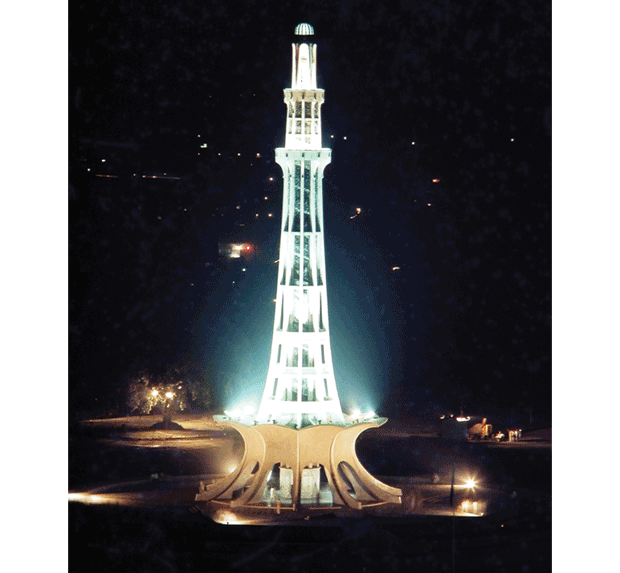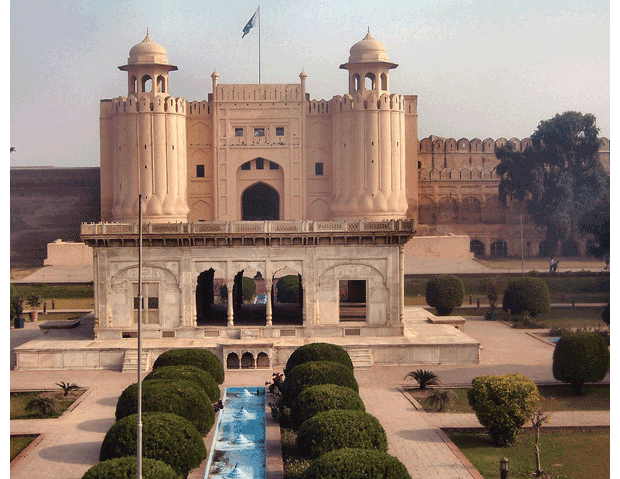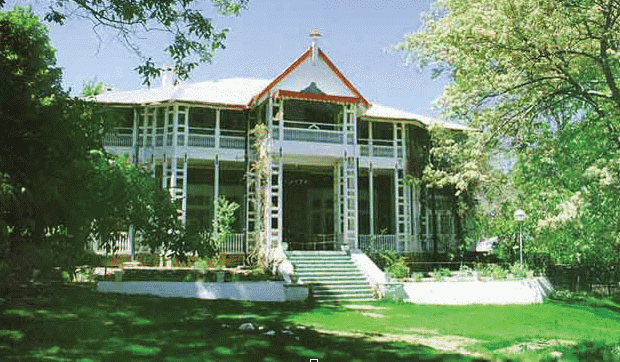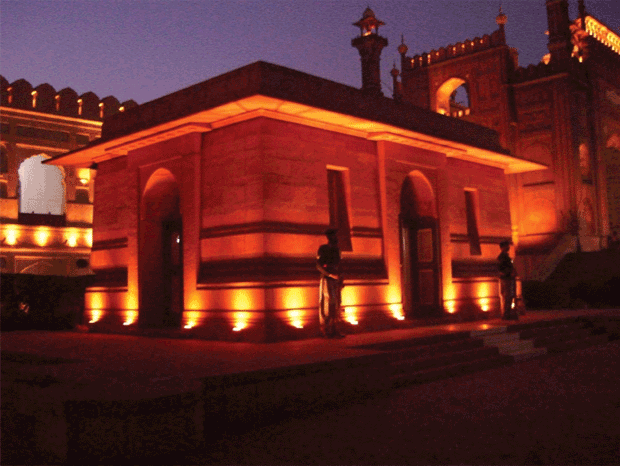|
The best way to honor the past is to preserve it.
That is what several important buildings and sites may speak today. It
is interesting to note that the national monuments of Pakistan are
primarily restricted to sites and buildings which identify with the
leaders or event of the partition. Still, there are other sites with
glorious offerings of their own. Below is the list of some of the most
important buildings of Pakistan. The list is deliberately chosen to
include the sites from all the provinces.
|
|
Ali Masjid
Ali Masjid is a mosque situated along the Khyber Pass that snakes
through the border of Pakistan and Afghanistan. According to the legend,
the mosque derives its name from the Islamic caliph, Hazrat Ali; local
traditions put that he traveled the area. True or false, the mosque
gives a spectacular image and serves as a stopping point along the way,
which has served as a gateway to the empires.
|
|
 |
|
Minar-e-Pakistan
Literally meaning the “Tower of Pakistan,” the Minar was completed
during a span of eight years from 1960 to 1968. The monument is located
on the same grounds where the famous Lahore Resolution was passed in
1940. The Resolution demanded separate states for the Muslims of the
then-India, thus fusing the creation of Pakistan with the minaret. Such
has been its importance that when Indian Prime Minister Vajpayee came to
Pakistan, he visited the tower which washed away any misconception of
India's reluctance in accepting Pakistan as a state.
|
|

|
|
Pakistan Monument
Completed in three years from 2004 to 2007, the Pakistan Monument is a
symbolic representation of the four provinces of the country. Situated
in Islamabad at a public park, the Monument attracts visitors who are
amazed at its architectural brilliance. The interior of its huge petals
is decorated with beautiful Islamic murals.
|
|

|
|
Lahore Fort
As the name suggests, this fort is situated in the city of Lahore – in
fact, it is one of the prized buildings of the walled-city of Lahore or
Old Lahore. Although the origins of the fort are older, the present
structure is said to have been built by the Mughal emperor Akbar. The
Fort itself acted as a geo-strategic site that met Kashmir, the Afghan
areas, and Multan. Decorated with Mughal architecture, the Fort complex
includes such architectural marvels as Sheesh Mahal (Palace of Mirrors)
and Badshahi Mosque.
|
|

|
|
Quaid's Residency
Situated in Ziarat, a hill station in Balochistan province, the
Residency was where Pakistan's founder Quaid-e-Azam Muhammad Ali Jinnah
spent the last days of his life. The ailing Jinnah was recommended a
rest and Ziarat was the best choice for its fragrance and fresh mountain
air. There, the Residency, a wooden structure, provided the founder with
the perfect retreat.
|
|
 |
|
Iqbal's Tomb
The tomb of Allama Muhammad Iqbal at Lahore is an important national
monument. The tomb is located in the Hazuri Bagh between the Lahore Fort
and Badshahi Mosque. Set in beautiful red sandstone, Iqbal’s importance
to Pakistan renders this building historical significance.
|
|
 |
|
Islamia College
Situated in Peshawar, Islamia College was established in 1913 by Nawab
Sir Sahabzada Abdul Qayyum and Sir George Roos Kepel. The idea of Abdul
Qayyum, an educationist-cum-politician, was to build an educational
institute that imparts modern education to the Muslims. Later on, the
students of Islamia College played an important role in the movement of
independence for Pakistan; even Jinnah visited the College thrice.
|
|
 |